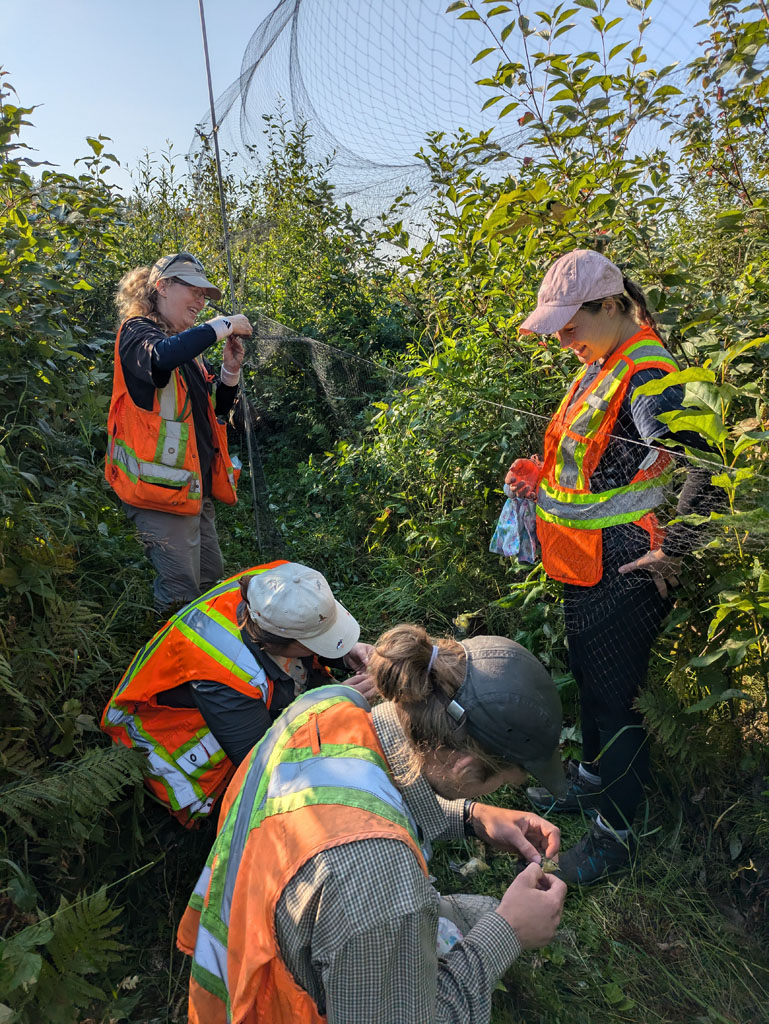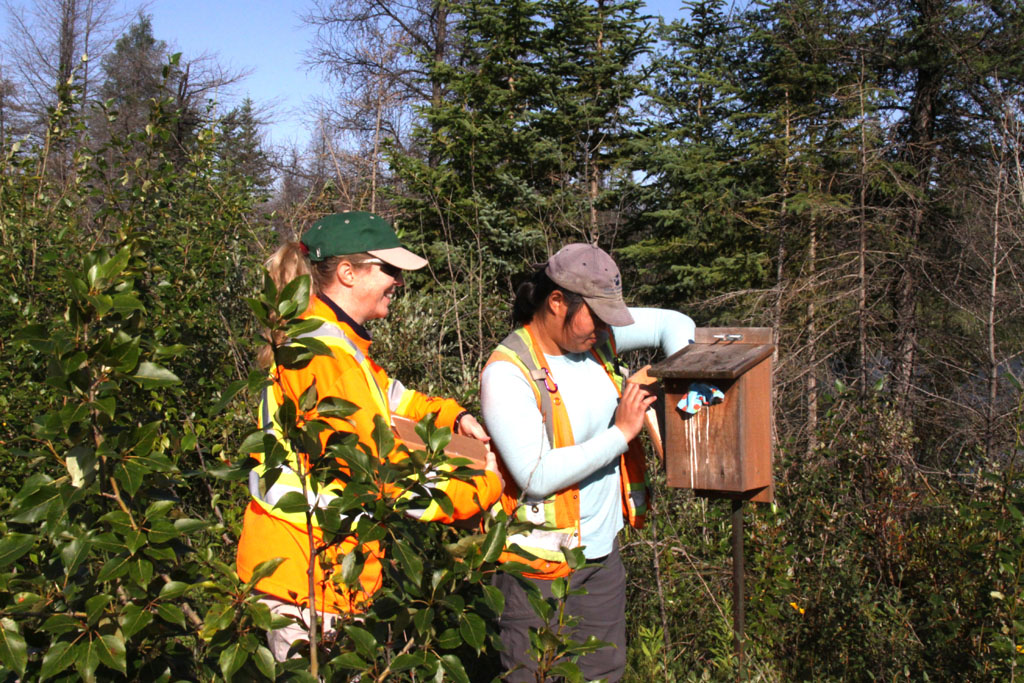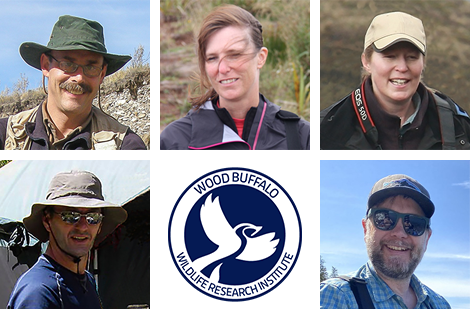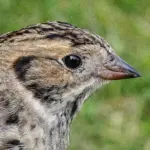Wildlife Research and Conservation
Learn about our projects and how you can get involved
Who We Are
The Wood Buffalo Wildlife Research Institute (WBWRI)
We are a non-profit organization with the objective of supporting wildlife conservation and contributing to local, regional, national and international collaborative wildlife research networks by collecting and analysing data, sharing knowledge, and providing educational and experiential opportunities to our regional community.


Help protect the diverse wildlife and ecosystems of the Wood Buffalo region
Taking Action
Active Projects and Local Initiatives
WBWRI Membership
Be part of a community that cares deeply about wildlife, conservation, and the future of our natural world. WBWRI members play an active role in supporting research, education, and stewardship initiatives across the region. Whether you’re a lifelong nature enthusiast or just beginning your journey, there’s a place for you here.

Our Logo Story
Our logo is more than a mark. It’s a reflection of our mission, our region, and the power of youth-driven creativity. Designed in collaboration with 15 students from the Design, Technology & Innovation program at STAND, the project became a deep exploration of symbolism, storytelling, and design thinking.
This partnership marked the students’ first foray into graphic design, and through months of collaborative sketching, reflection, and refinement, they captured the essence of WBWRI: optimism, stewardship, and community.

Organization Governance
Our Board of Directors
Our Board of Directors plays a key role in shaping the direction of WBWRI’s work and ensuring we remain grounded in professionalism, ethics, and mutual respect. Their leadership upholds our commitment to responsible wildlife research and safe, inclusive collaboration.
Words from our Volunteers

Funding & Sponsorship
We gratefully acknowledge the financial support from Hammerstone Infrastructure Materials Ltd., who has provided funding for our Institute for a second year.
For information on sponsorship and funding opportunities, please contact us using the form below.

Questions?
Contact WBWRI
Have a question, idea, or want to learn more about our work? We’d love to hear from you. Whether you’re curious about our programs, looking to volunteer, explore partnership opportunities, or are interested in supporting WBWRI as a funder or sponsor, we welcome your connection.
Stay Connected
Follow us on Facebook and Instagram for the latest WBWRI project photos and information.
Latest Newsletter:
1 week ago




